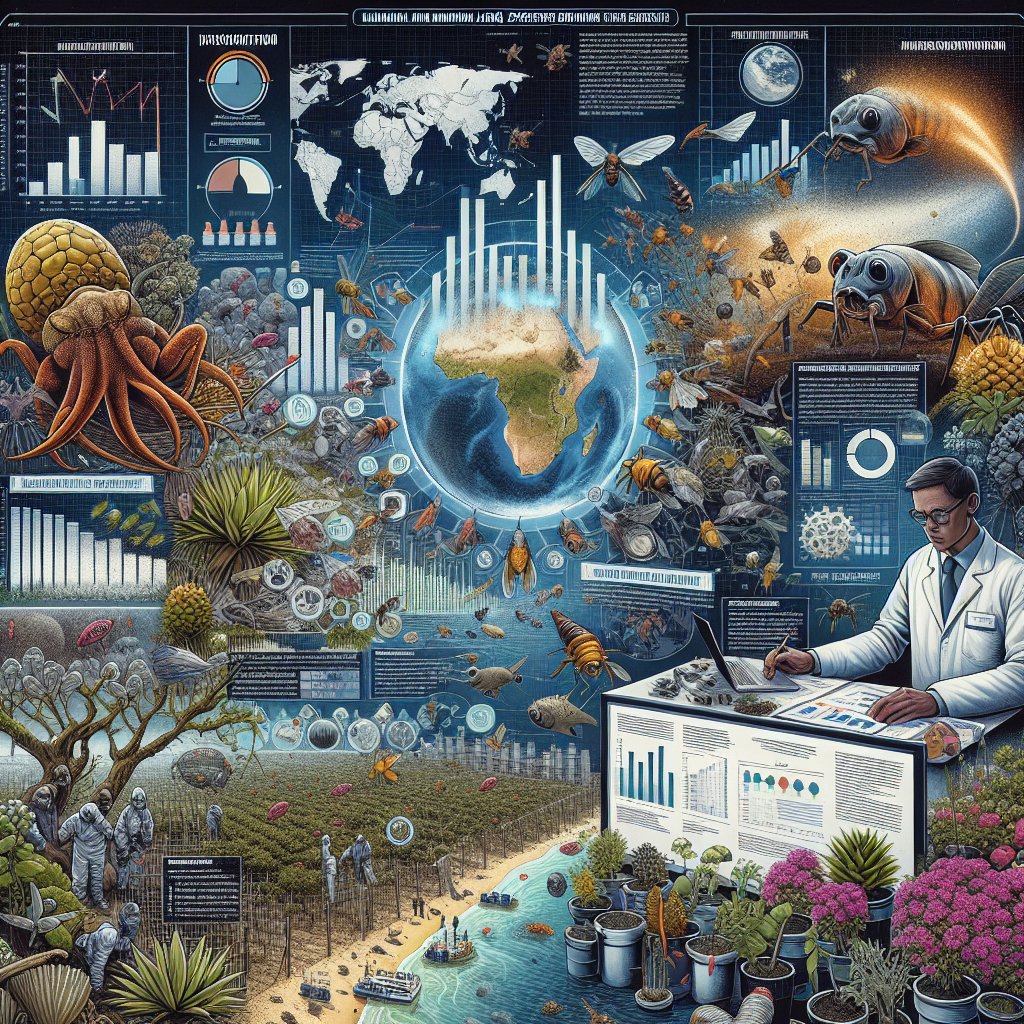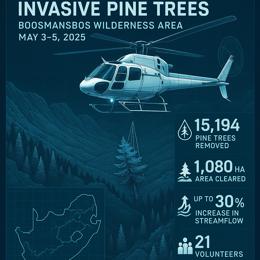Image created by AI
South Africa's Battle Against Costly Alien Invaders
South Africa is on the front lines of an ecological battle, facing an invasion not from outer space but from harmful alien species that are wreaking havoc on the nation’s biodiversity. Minister of Forestry, Fisheries and the Environment, Barbara Creecy, highlighted the seriousness of the situation at the unveiling of the National Status of Biological Invasions and their Management report in Pretoria.
This latest report, spearheaded by the South African National Botanical Institute (Sanbi), provides a detailed analysis of alien species that have infiltrated the South African ecosystem from 2019 through 2022. Dr. Theressa Frantz, Sanbi’s chief director of biodiversity research, emphasized the damaging effects of 19 out of 36 assessed species. Among these are various trees and freshwater fishes that deplete water resources, intensify fire risks, and outcompete indigenous biodiversity.
Alien invaders are not just a local concern. A broader, global perspective was given by referring to the Intergovernmental Science-Policy Platform on Biodiversity and Ecosystem Services (Ipbes), which found that alien species pose a rising threat to ecosystems worldwide, with thousands considered harmful and significant contributors to biodiversity loss.
South Africa has seen an average introduction of three new alien species annually over the past decade, a slight decrease from the previous decade. Yet the impacts are substantial. Marion Island's invasive house mice, for example, pose a grave threat to native seabird populations. Expanding on the government's response, Creecy shared that South Africa had invested a staggering R10-billion since 1995 in controlling these alien species, funding the removal of the invasive populations across 3.6 million hectares of land and generating hundreds of thousands of jobs.
The Sanbi report highlights a particularly concerning invader: a fungal pathogen, Seiridium neocupressi, which causes the cypress canker disease and threatens the country’s native trees. First detected in 2021, the repercussions of its spread could be detrimental, especially to South Africa's already vulnerable endemic species like the Clanwilliam cypress and Baviaanskloof cedar.
Despite ongoing efforts, alien species continue to thrive mainly in Western Cape, Eastern Cape, and KwaZulu-Natal, with provinces like Gauteng and Limpopo experiencing the most significant growths in plant invaders.
Tackling the problem involves both control measures and public awareness. Creecy highlighted that the accidental introduction of species via global travelers and food imports is commonplace. The government's strategy includes promoting indigenous flora through the establishment of nurseries at national botanical gardens, encouraging the public to purchase and plant native species over exotics.
South Africa’s battle against alien invasive species is an ongoing effort requiring vigilance, research, and community involvement to protect its rich biodiversity. This environmental and economic challenge underlines the complexities of managing and conserving ecological systems in the face of globalization and environmental change.










